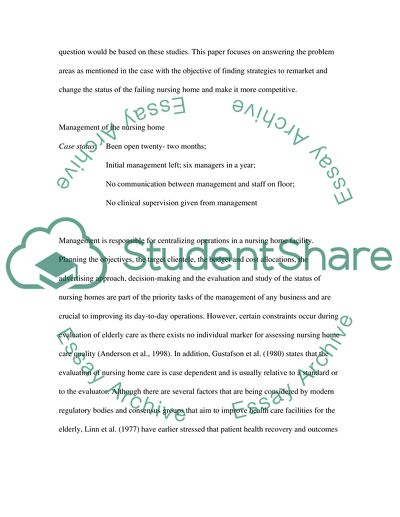Cite this document
(Remarketing of a Failing Nursing Home Research Proposal, n.d.)
Remarketing of a Failing Nursing Home Research Proposal. Retrieved from https://studentshare.org/nursing/1709453-remarketing-of-a-failing-nursing-home
Remarketing of a Failing Nursing Home Research Proposal. Retrieved from https://studentshare.org/nursing/1709453-remarketing-of-a-failing-nursing-home
(Remarketing of a Failing Nursing Home Research Proposal)
Remarketing of a Failing Nursing Home Research Proposal. https://studentshare.org/nursing/1709453-remarketing-of-a-failing-nursing-home.
Remarketing of a Failing Nursing Home Research Proposal. https://studentshare.org/nursing/1709453-remarketing-of-a-failing-nursing-home.
“Remarketing of a Failing Nursing Home Research Proposal”, n.d. https://studentshare.org/nursing/1709453-remarketing-of-a-failing-nursing-home.


